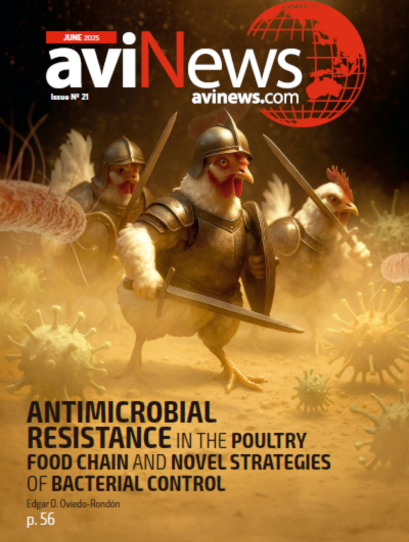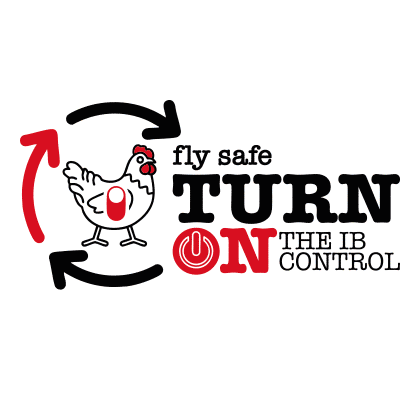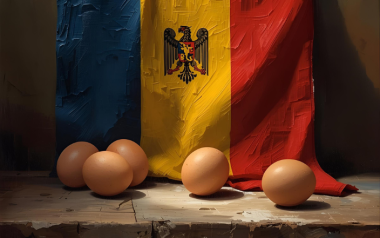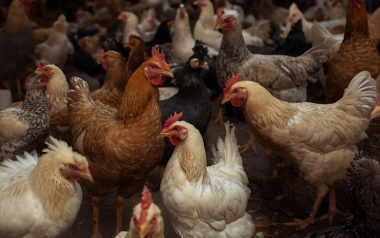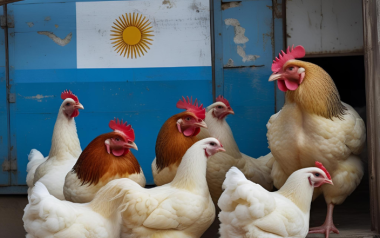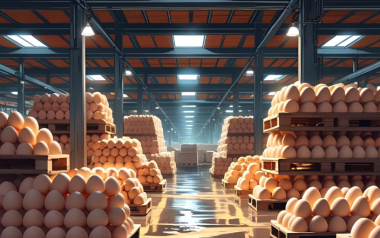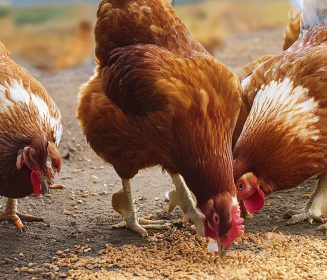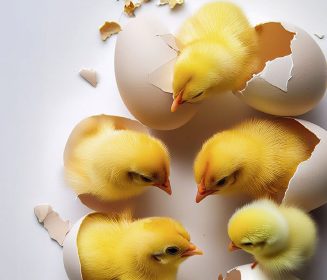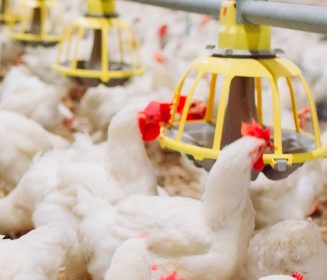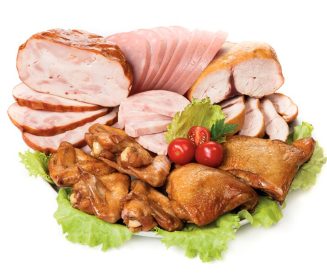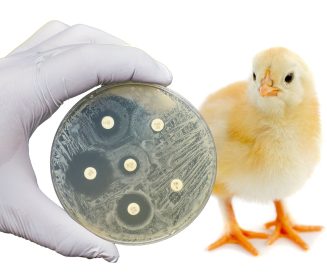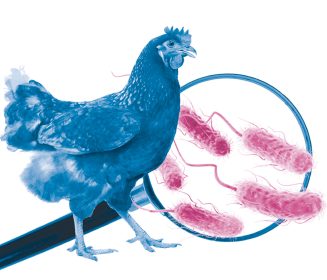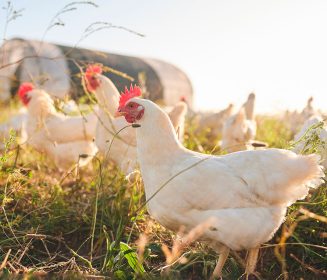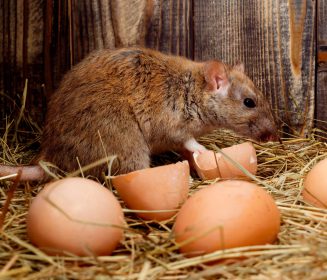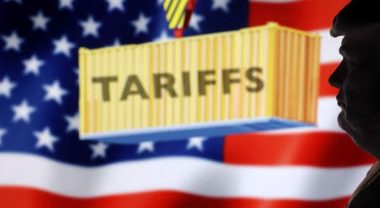
05 Apr 2025
US Tariffs and Their Impact on India’s Poultry Industry
The recent imposition of 27% reciprocal tariffs by the United States on Indian goods has sparked concerns across multiple sectors. While India’s poultry industry is not a major exporter to the US, the broader trade dynamics and ongoing negotiations between the two nations could have indirect consequences for Indian poultry farmers and businesses.
The recent imposition of 27% reciprocal tariffs by the United States on Indian goods has sparked concerns across multiple sectors. While India’s poultry industry is not a major exporter to the US, the broader trade dynamics and ongoing negotiations between the two nations could have indirect consequences for Indian poultry farmers and businesses.
What will be the direct and indirect effects of US trade policies on India’s poultry sector, market access demands, domestic protections, and long-term risks for local producers?

Limited Direct Impact on Indian Poultry Exports
India’s poultry exports to the US are negligible, meaning the new tariffs do not immediately threaten outbound shipments. The US primarily exports poultry to India rather than importing from it.
- The US is the world’s largest poultry producer, with heavily subsidized chicken, turkey, and duck.
- India, meanwhile, focuses on domestic poultry production, supplying eggs, chicken, and processed meat to its own market.
- The 27% US tariff on Indian goods does not significantly affect poultry trade because India does not rely on US-bound poultry exports.
- However, the real issue lies in US demands for greater access to India’s poultry market—a sticking point in trade negotiations.
US Pressure to Open India’s Poultry Market
The US has long pushed India to reduce import duties on American poultry products.
Key Developments:
Continue after advertising.
- 2023 WTO Resolution: India agreed to cut tariffs on US frozen turkey and duck from 30% to 5%, settling a long-running WTO dispute.
- Ongoing Demands: The US continues to seek lower tariffs on chicken legs and processed poultry, but India has resisted to protect local farmers.
- Trade Leverage: The US may use tariff threats on other Indian exports (e.g., textiles, engineering goods) to pressure India into further poultry concessions.
Why Does the US Want More Access?
- The US poultry industry is highly subsidized, allowing it to flood foreign markets with cheap meat.
- India’s growing demand for protein makes it an attractive market for US exporters.
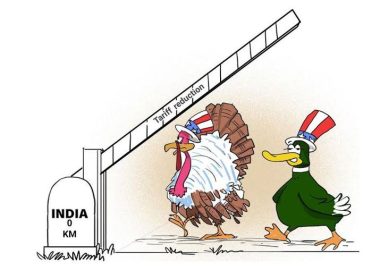
India’s Protective Measures for Domestic Poultry
To shield its small-scale poultry farmers, India maintains high import tariffs (up to 100%) on foreign poultry.
Why India Resists US Pressure
Livelihood Protection:
- Over 3 million small farmers depend on poultry for income.
Food Security:
- India prioritizes self-sufficiency in food production.
Disease Concerns:
- Past bans on US poultry (due to avian flu risks) have made policymakers cautious.
Current Market Structure:
- India’s poultry industry is dominated by domestic players.
- Cheap US imports could undercut local prices , harming rural economies.
Long-Term Risks for India’s Poultry Sector
If India further reduces tariffs under US pressure, several risks emerge:
Threat to Small Farmers
- US-subsidized chicken could be sold below production costs, making it hard for Indian farmers to compete.
- Price crashes could force small producers out of business.
Shift in Market Dynamics
- Fast-food chains (e.g., KFC, McDonald’s) might prefer cheaper US imports, reducing demand for local chicken.
- Processed meat imports (like frozen cuts) could rise, affecting domestic processors.
Trade-Offs in Negotiations
- India may sacrifice poultry concessions to secure better terms in pharmaceuticals, IT, or manufacturing.
- The government must balance trade interests with farmer welfare.
A Delicate Balancing Act
While the 27% US tariff does not directly hurt India’s poultry exports, the broader trade war highlights deeper tensions. The US wants greater market access, but India must protect its farmers from unfair competition.
Key Takeaways
- India’s poultry industry is currently shielded by high tariffs.
- Future trade deals could weaken protections, risking local farmers.
- India may use poultry as a bargaining chip in wider US-India negotiations.
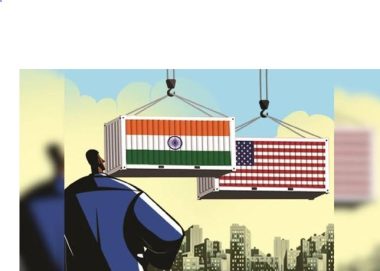
For now, the domestic poultry sector remains stable, but policymakers must strategize carefully to avoid long-term damage to millions of livelihoods.
Sources: Available upon request

